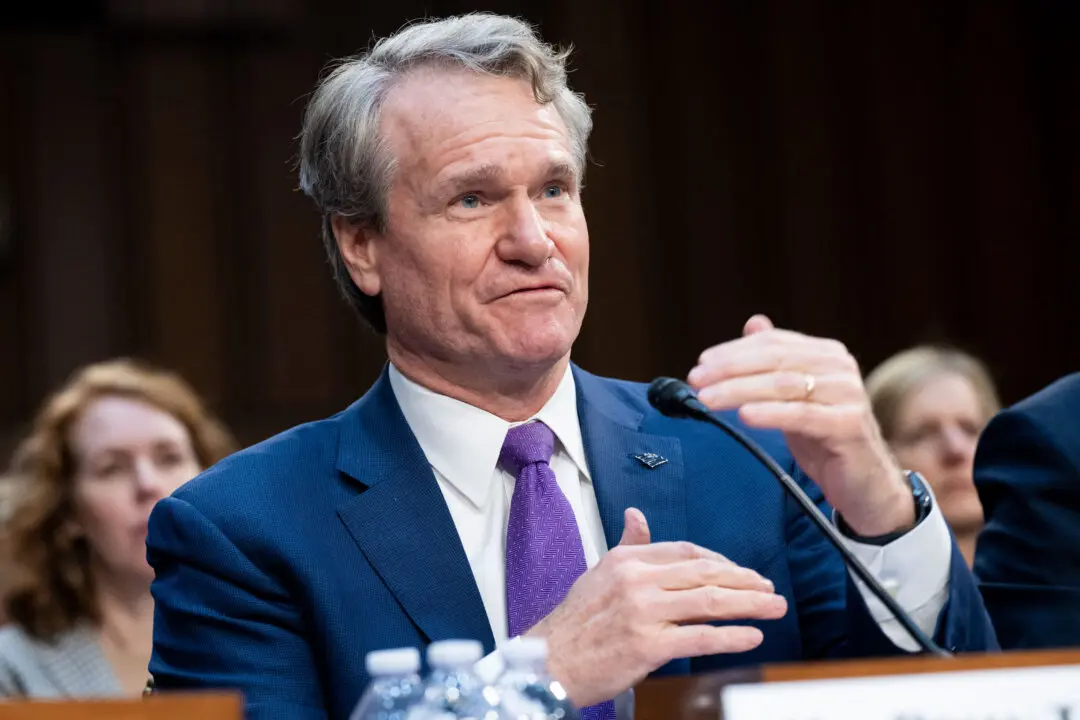The Organization for Economic Cooperation and Development (OECD) has cut its growth forecast for the U.S. economy, blaming high inflation that could take longer to dissipate as supply disruptions persist in part because of the Ukraine war and China’s COVID-19 lockdowns.
U.S. gross domestic product (GDP) is expected to weaken to 2.5 percent in 2022, from a prior estimate of 3.7 percent, the international agency said in its most recent Economic Outlook, released on June 8. The U.S. growth forecast for 2023 has been cut to just 1.2 percent from a previous estimate of 2.4 percent.





